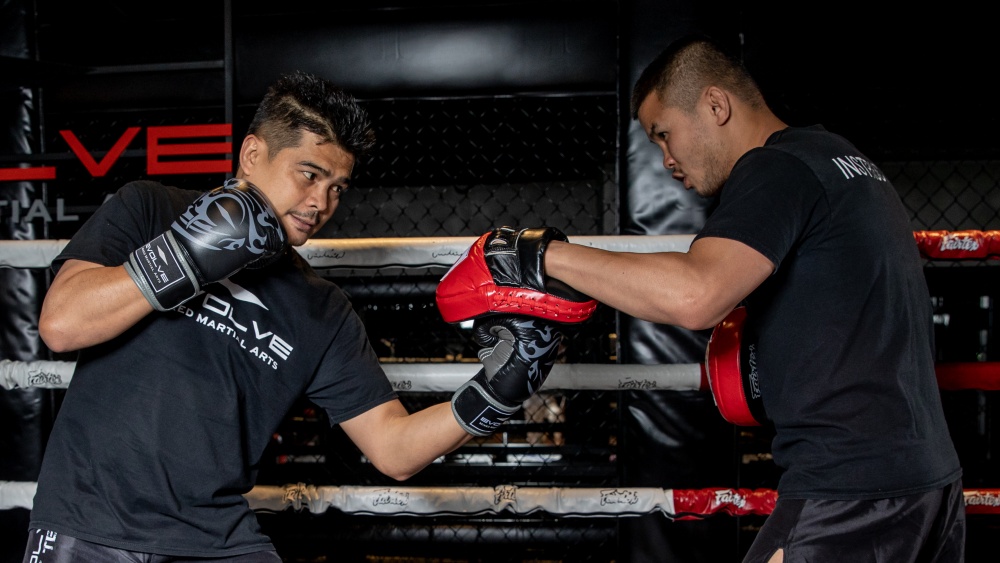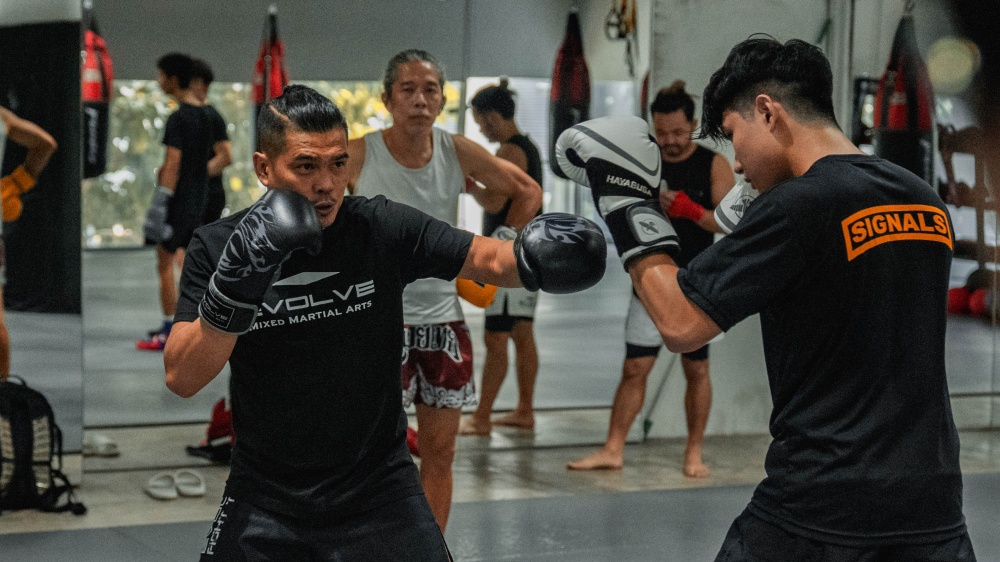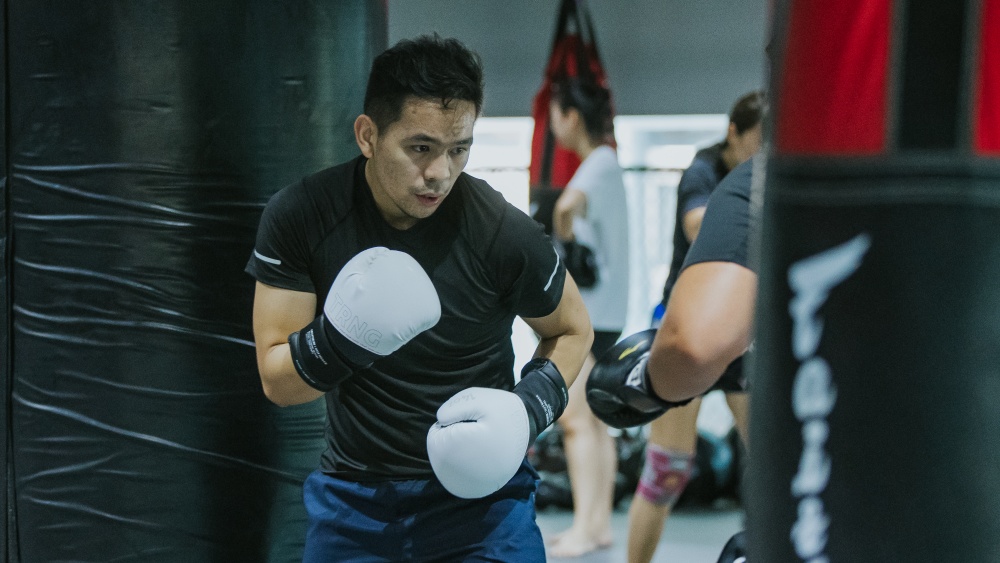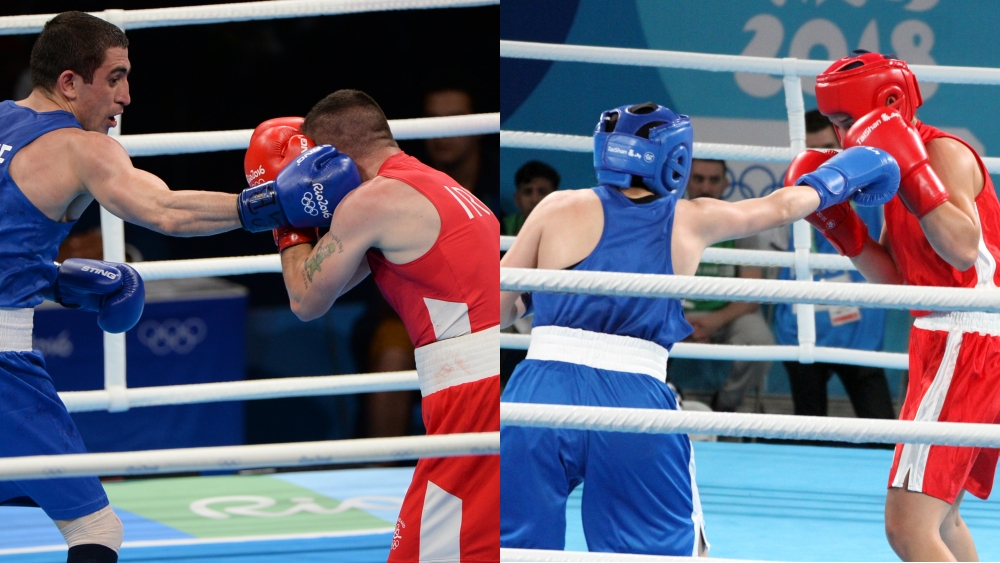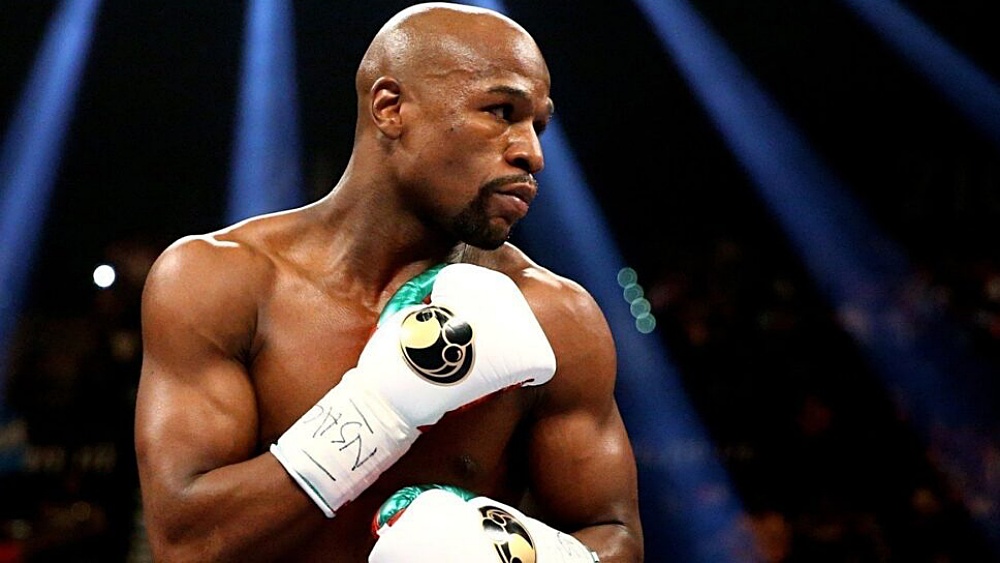Boxing is the most popular combat sport globally despite being limited to only using their fists as weapons. It’s been studied to the point where it has become one of the most refined martial arts with countless techniques, combinations, and counters.
The term ‘sweet science’ accurately describes boxing since it’s now one of the most cerebral martial arts. A boxing match is a lot more than two competitors swinging as hard as they can until someone falls. It’s a sophisticated chess match and self-expression at the highest level.
The split entry counter is an effective way for fighters to nullify the jabs of opponents using an opposite stance. A southpaw can counter an orthodox fighter with the technique and vice versa.
Boxing legend Manny Pacquaio is a huge fan of the split entry counter. He’s used it in numerous bouts to nullify his opponent’s jabs while landing powerful left hands of his own. The counter is so effective that Pacquiao was able to catch the virtually unhittable Floyd Mayweather with it during their highly anticipated bout.
The Split Entry Counterpunch
The spit entry punch is one of the more straightforward counters to master. We’ll use a southpaw fighter facing an orthodox fighter for an example.
The technique works best when your opponent has made it clear their jab will be a considerable part of their game plan. Here’s what the technique looks like:
- Get into striking range in your fighting stance.
- Take a step towards your right (rear hand) as your opponent throws a jab at you. This moves your head away from the centerline, allowing you to slip your opponent’s jab.
- Simultaneously, throw a cross with your rear hand as you take the step. When executed correctly, your cross should land while your opponent’s jab misses its target.
As you can see, the slip entry counter is one of the most straightforward counters to learn. Mastering it comes down to executing the technique flawlessly and learning how to read opponents, so you know when they’re getting ready to throw their jab.
The Importance Of Counterpunching In Boxing
Counterpunching is one of those things you should start working on once you have the fundamentals down. Counters, in general, are classified as advanced techniques, so having a solid grasp of the basics makes it easier for you to learn how to use them.
A fighter who prefers to counterpunch instead of walking down their opponents is known as a counterpuncher, and they are often the trickiest type of fighters to deal with. Floyd Mayweather is the best example of how effective counterpunching can be. His counterpunching style proved to be a puzzle no one could ever solve during his career.
Here’s the secret counterpunchers know: There is no way to throw a punch without leaving some part of your body exposed. For example, throwing a jab leaves your lead side open to attacks. An opponent can come over your jab with an overhand or use the split entry counter to evade your jab while planting a cross on your face.
Successful counterpunchers typically have an excellent understanding of how the sweet science works. Their knowledge makes them effective at spotting openings in their opponents’ attacks, openings they can target with counters.
Mayweather was notorious for taking the first round off in many fights. He called it the downloading phase. Mayweather used the first round to study his opponent’s movements, reactions, and the strikes they favor. He then used this information to outclass them in the following rounds, seemingly one step ahead of his competition the entire time.
There is no single way to go about counterpunching. Most counterpunchers have their unique style. Effective counterpunching requires rhythm, timing, accuracy, patience, and a high boxing IQ. A trainer can only show you counters. You have to figure out how to make them work by trying to land counters during your sparring sessions. That’s how you get the rhythm and timing needed to be a good counter puncher.
The most effective counterpunches are typically thrown simultaneously with the opponent’s attacks or shortly after they launch an attack.
Some of the things you should focus on when trying to improve your counterpunching skills include:
1) Learn To Read Opponents
Your ability to read your opponent’s rhythm is one of the factors that determine how well your counters will work. Studying their punching patterns puts you in positions to execute and land counters. You can’t counter an attack you don’t see coming.
2) Use Your Feet
Your footwork also plays an important role when it comes to your ability to land counters. You should never stop moving when you’re in the ring. You should constantly be using your feet to evade your opponent’s attacks while trying to set up your combinations and counters. Having good footwork puts you in positions to counter your opponent after making reads.
3) Improve Your Timing
Timing is arguably the most important factor when it comes to your ability to land counters. You only get a split second to make a read and counter a punch. To make things worse, an unsuccessful counter alerts your opponent to your intentions, making it harder for you to land your next counter. Work on your punch accuracy and timing if you want to be an effective counterpuncher.
4) Learn As Many Counters As You Can
There are multiple ways to counter any punch in boxing. For example, there are more than four ways to counter a jab. You can pull, block, slip, or roll before throwing your counter. The same goes for any other strike used in boxing.
Learn all the counters you can so your opponents never know what to expect from you. That guessing game is what creates openings for your counters.
5) Spar
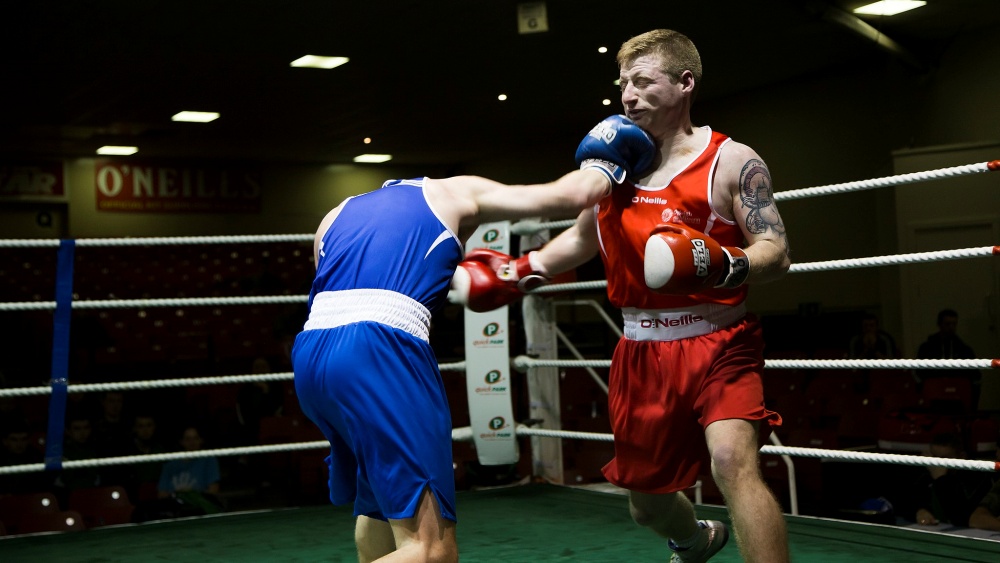
There’s no way to get around sparring if you want to be a counterpuncher. Sparring teaches you the rhythm and timing you need to land counters successfully. You and your sparring partners don’t need to go all out during your sessions. Simply touching each other with light punches is good enough to work on your timing.
You may also like:
